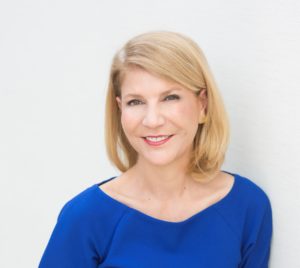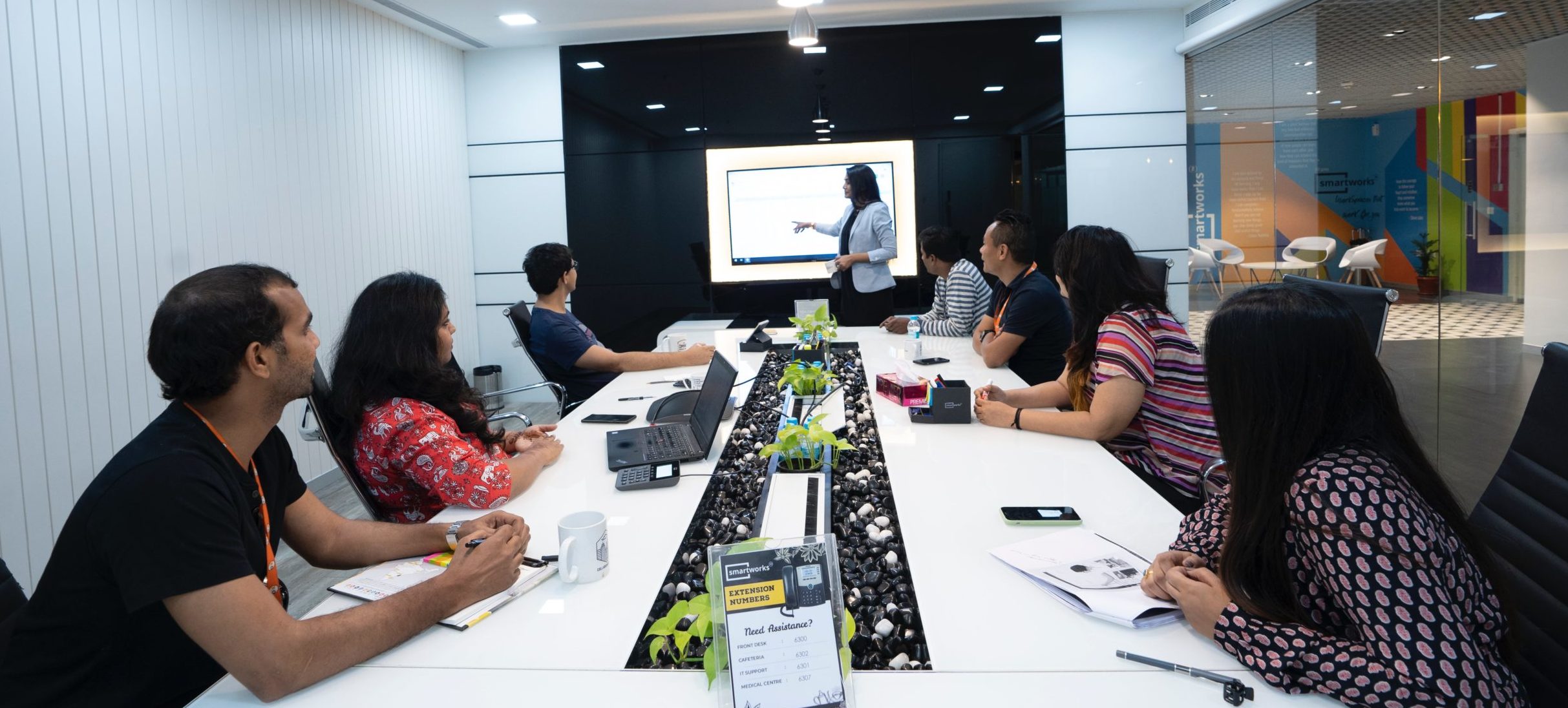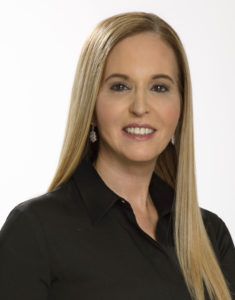
The COVID-19 pandemic has dramatically accelerated a major shift in health care that has been underway for years, pushing new technology and innovative practices to the forefront. These trends were recently explored at a Golden Seeds Trend Talk. Golden Seeds Managing Director Dr. Mary Lake Polan interviewed Dr. Laura Forese, Executive Vice President and COO of New York-Presbyterian about these developments. This is one in a series of Trend Talks focusing on topics that are relevant, instructive and inspiring.
Dr. Mary Lake Polan is professor of clinical obstetrics, gynecology and reproductive sciences at Yale University School of Medicine, her alma mater. She has practiced and taught medicine internationally and was previously chair of the department of obstetrics and gynecology at the Stanford University School of Medicine.
Dr. Laura Forese is executive vice president and COO of New York-Presbyterian which includes 10 hospital campuses and is affiliated with Columbia and Weill Cornell medical schools in New York. A pediatric orthopedic surgeon, she graduated from Princeton University and Columbia University College of Physicians & Surgeons.

Dr. Polan: What devices, diagnostics and therapies have changed or become more desirable because of COVID-19?
Dr. Forese: Everyone has become more comfortable with telemedicine. If you can find a silver lining in the pandemic, that might be it. We had been moving in this direction, because the public uses digital technology in all facets of their lives, and we expected health care to follow. Of course, we didn’t know that the pandemic would push everyone in this direction. Even physicians who were convinced nothing could be as good as seeing a patient in person have begun to see the benefits of technology. Patients don’t want to visit a doctor’s office if they don’t have to, so they’re asking for virtual visits.
Dr. Polan: Are there specific areas where telemedicine has big advantages?
Dr. Forese: At the beginning of the COVID crisis, we were admitting patients who weren’t that sick, but as it became a tsunami, we realized we could send some patients home with oxygen monitors and follow up frequently, advising them to go to the hospital or call 911 if their oxygen saturation dropped below a certain level.
Having smart devices that communicate with hospital systems electronically will enable us to expand this approach, giving us accurate and actionable data. We see applications in almost every field of medicine.
Dr. Polan: Do medical devices have to be cleared by the FDA so you know the data is reliable?
Dr. Forese: Generally speaking, we do look for FDA approval of devices but, sometimes, we are conducting our own research to determine if the data is reliable. We need to know we can trust data and act on it. If a device or test doesn’t provide the right specificity or sensitivity, we can’t use it. It’s the reason randomized trials are so important, both for diagnostics and therapies.
Dr. Polan: There seem to be gray areas around artificial intelligence (AI) and patient care. Do you see AI and smart devices—such as a monitor that can detect a chemical imbalance in a patient’s blood or sweat—playing a part in health care?
Dr. Forese: AI will play a growing role in medicine in the years ahead. We’re still in the early stages, but smart devices and machine learning hold great promise. A device that enables a layperson to take sophisticated measurements that normally require trained experts has enormous potential anywhere. Take an echocardiogram, for example. A smart device could tell the patient exactly what to do and how to do it, and determine when it has captured a valid image.
Even in the hospital, a smart monitor could alert a nurse to abnormal readings or output. Having technology handle the routine part of a test would free up practitioners to work at the top of their capability, specializing in what they do best. There will always be a need for a physician’s clinical judgment, but it’s important that we consider the evidence-based science.
Dr. Polan: Do you believe that AI will affect the odds of doctors pursuing certain fields of practice, such as radiology or surgery?
Dr. Forese: During nearly four decades in medicine, I’ve always heard predictions that certain fields will become more or less popular or go away. The reality is we will have all these fields, but they’ll be different. What orthopedists and radiologists do today is different than what they did 40 years ago. In the future, we’ll do what humans are best positioned to do and let machines do what they’re best at.
Dr. Polan: When I was practicing in Africa, we used handheld sonograms for patients in the field. What role are mobile diagnostics and therapies playing here?
Dr. Forese: The whole concept of point of care is changing, especially in the COVID world. The New York-Presbyterian mobile stroke unit is one example. The longer it takes to resolve a stroke, the more damage there is, so we tell patients to get to the hospital immediately. We need to determine the type of stroke and see if they need a clot-busting drug. We can speed things up by going to the patient and doing the necessary intervention there.
New York-Presbyterian’s mobile stroke unit uses a scanner that transmits data to a neurological radiologist who can assess the situation and authorize the paramedic to administer the right medication. It has saved numerous patients from the devastating consequences of strokes. Currently these are big machines, but as devices get smaller and imaging gets smarter, this will be the promise of the future.
We’re looking for other opportunities to use technology in this way and studying how to integrate mobile devices and data into our existing systems, including both electronic health records and billing, with the necessary cybersecurity.
Dr. Polan: Will telemedicine ameliorate or accelerate inequities in health care?
Dr. Forese: Health care equity is critical, and New York-Presbyterian is dedicated to improving it. We serve communities all across the New York region, and some residents don’t have access to broadband or aren’t comfortable with technology. We’ve been working with schools and libraries to address those issues. Among other things, we’re considering giving patients tablets to take home if they don’t have one. And, we’re exploring software that can translate 250 languages on the fly. Our goal is to level the playing field and correct these inequities.
Dr. Polan: In your position at New York-Presbyterian, you’re responsible for so many people and so many resources—you’re a prime example of the leadership role that women have been playing during the COVID crisis. What’s your take on this?
Dr. Forese: I’ve always worked in fields that are typically male-dominated, and being in the minority, I’ve been acutely aware of many different perspectives and welcome them. It’s important to consider multiple viewpoints when making difficult decisions during a crisis. That’s become part of my leadership style, and I’m fortunate to be in an extremely supportive environment. One of the things I love about health care is that you’re part of a team that can make a big difference every day. That’s been especially relevant during the past few months.
Learn about Golden Seeds work.




















 Jill Johnson is the Co-Founder of the
Jill Johnson is the Co-Founder of the